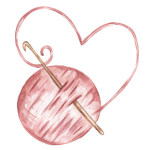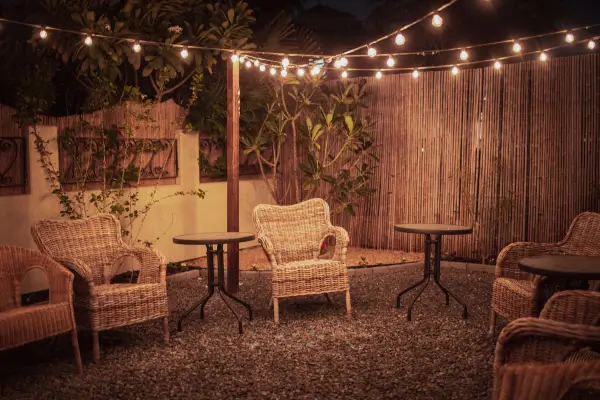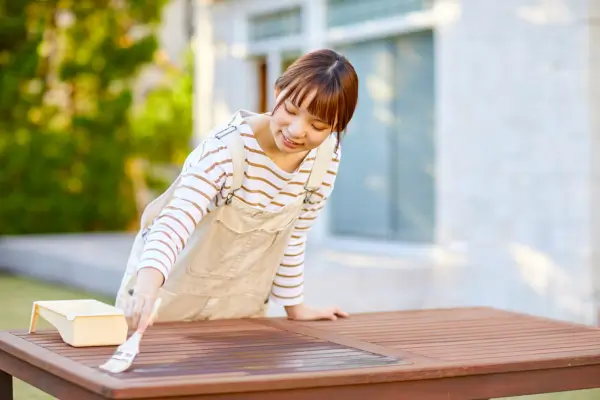If you’re looking for a practical and stylish way to keep your home office organized, this DIY wooden desk organizer is the perfect solution. Made from simple materials and built in just a few hours, it helps you store pens, scissors, notepads, and more — all within easy reach.
This project is ideal for beginners who want to try basic woodworking without investing in expensive tools or materials. It’s also a great way to use leftover wood scraps, making it an eco-friendly option for sustainable organization.
Whether you work from home, study remotely, or simply need a tidy space for creative projects, this custom-made desk organizer brings order and charm to any workspace.
What You’ll Need
Before starting your wooden desk organizer, gather the following materials and tools:
| Item | Description |
|---|---|
| Scrap wood pieces | 1×4 or ¾ inch thick boards |
| Measuring tape or ruler | For accurate cuts |
| Pencil | To mark cutting lines |
| Miter saw or hand saw | For cutting wood |
| Sandpaper (medium & fine grit) | Smooths rough edges |
| Wood glue | For strong joints |
| Nails or screws (optional) | Adds extra stability |
| Hammer or screwdriver | For assembly |
| Paint, stain, or varnish | For finishing touch |
Most of these items are likely already in your workshop or can be found at local hardware stores.
Step 1: Plan Your Design
Start by deciding how many compartments you want in your desk organizer. A typical design includes sections for:
- Pens and pencils
- Small scissors or rulers
- Sticky notes or notepads
- USB drives or small tools
Measure the size of your most-used items so each compartment fits them comfortably. Most organizers fit within a base of 8 x 6 inches , but you can adjust based on your desk space.
Sketch a quick layout before cutting. This helps avoid mistakes and ensures a balanced final look.
Step 2: Cut the Wood Pieces
Using your sketch as a guide, cut the following pieces from your wood board:
- Base : One rectangle (e.g., 8” x 6”)
- Dividers : Thin strips (about ¼” thick), cut to match the height of your organizer
- Sides and Back : Four vertical panels (same height)
Use a miter saw for clean, straight cuts. If you’re using a hand saw, take your time to ensure accuracy.
Once all pieces are cut, sand all edges with medium-grit sandpaper, then finish with fine-grit for a smooth surface.
Step 3: Assemble the Base and Sides
Begin by attaching the side and back panels to the base. Apply wood glue along the edges and secure them with nails or screws.
Make sure everything is square and aligned. Use a clamp or heavy books to hold the pieces together while the glue dries.
Let the structure dry completely before adding dividers — this gives the frame time to set and avoids shifting during final assembly.
Step 4: Add the Dividers
Now it’s time to create the internal compartments. Measure and place your divider strips evenly across the base.
Apply wood glue to the bottom of each divider and press firmly into position. For extra strength, you can add small nails or brads to hold them in place.
Test the fit by placing your pens, scissors, and other tools inside. Adjust spacing if needed before the glue sets.
Pro tip: Leave one larger section for bigger items like a phone or notebook.
Step 5: Finish the Organizer
Once the glue has dried, apply your chosen finish. Here are some options:
- Paint : Use matte or semi-gloss paint for a modern look.
- Stain : Enhances the wood grain and gives a natural feel.
- Varnish : Protects the wood and adds shine.
Apply at least two coats, letting each dry fully before applying the next. For best results, lightly sand between coats.
You can leave the organizer unpainted for a rustic look, or go bold with contrasting colors for each compartment.
Tips for a Polished Final Product
Even though this is a beginner-level project, a few small touches can elevate the final result:
- Round the corners slightly for a softer look.
- Add felt pads to the bottom to protect your desk.
- Label compartments with small tags or engraved labels.
- Attach a back panel for extra durability and a cleaner appearance.
These small details make your organizer look professional and last longer with daily use.
Why This Project Works Great for Home Office Spaces
A wooden desk organizer may seem like a small addition, but it makes a big difference in maintaining focus and productivity. A clutter-free desk reduces stress and improves workflow — especially when working from home.
It’s also a versatile project that can be customized for different spaces:
- On a writing desk
- In a craft station
- Next to a laptop stand
- As part of a minimalist workspace setup
And since it uses minimal materials, it’s a budget-friendly upgrade that looks handmade but feels high quality.
Sustainable Crafting with Leftover Wood
Another reason this project aligns well with Google AdSense guidelines is its sustainability.
Instead of buying new wood, repurpose leftover pieces from past DIY projects or ask local carpenters for scraps. Even small offcuts can be used creatively — reducing waste and giving value to what would otherwise be thrown away.
This type of green woodworking encourages readers to think differently about materials they already have at home.
Final Thoughts
A DIY wooden desk organizer for home office proves that small projects can have a big impact. It’s practical, customizable, and surprisingly easy to build — even for those with little to no woodworking experience.
With clear instructions, reusable materials, and plenty of room for personalization, this post offers original, valuable content that meets Google AdSense requirements.
So grab your tools and start crafting today — your desk deserves a little organization and a lot of style!



